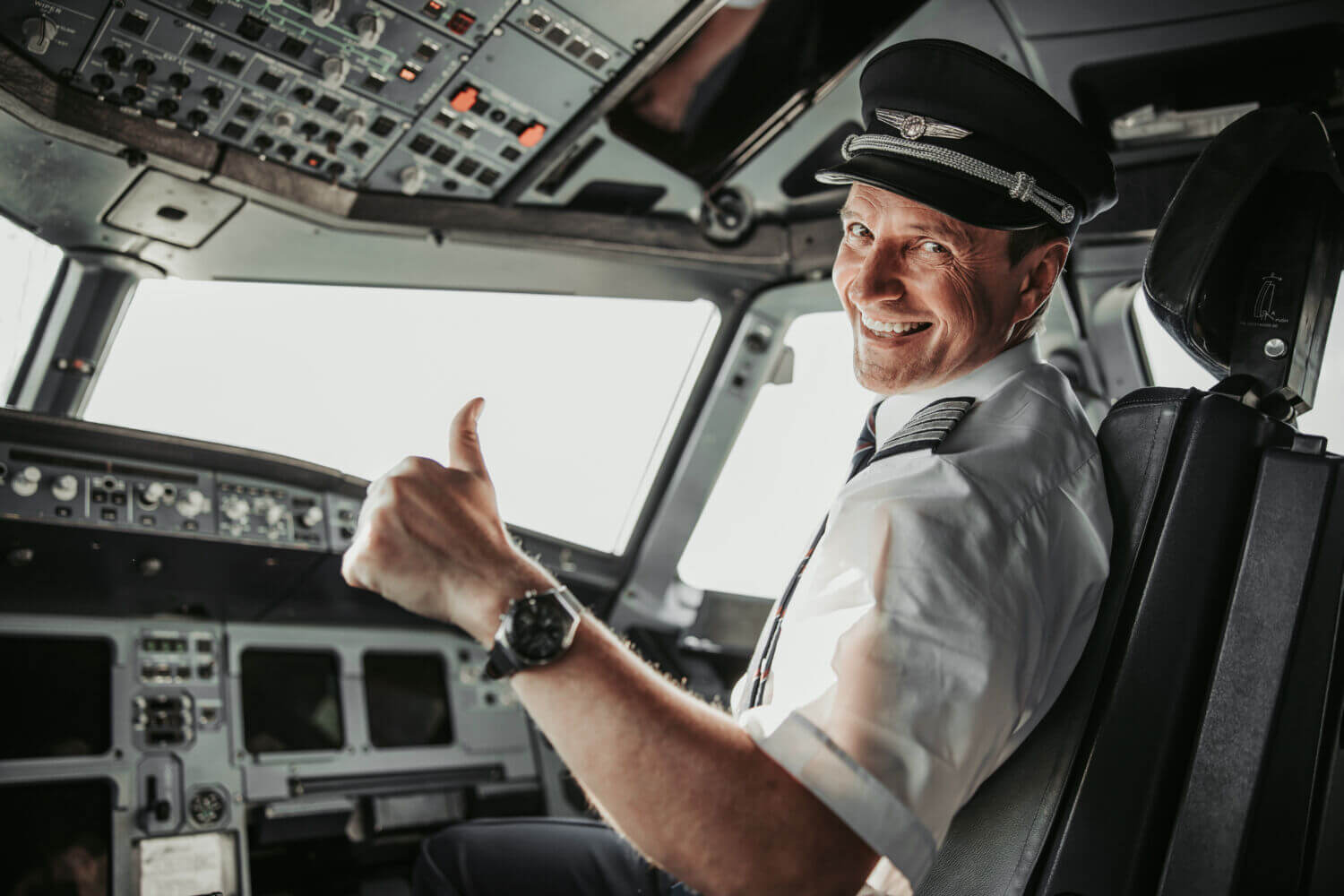
Private pilot jobs offer a unique blend of flexibility, adventure, and personal fulfillment, making them an appealing career path for those passionate about aviation. Whether flying for recreation, business, or specialized tasks, private pilots enjoy a more intimate and diverse flying experience compared to commercial airline pilots. Here’s a comprehensive guide to the various opportunities available to private pilots and how you can embark on this exciting journey.
Types of Private Pilot Jobs
1. Personal Charter Pilot Many private pilots fly chartered aircraft for individuals or small groups. These pilots enjoy varied destinations and have the opportunity to build closer relationships with their passengers compared to commercial pilots.
2. Owner-Operated Aircraft Pilot Some private pilots are employed by individuals or families who own their aircraft. These jobs often involve managing the aircraft’s maintenance schedule, planning flights, and ensuring all operations adhere to aviation regulations.
3. Tour and Sightseeing Pilot Private pilots can also work in scenic locations, offering aerial tours. This job is ideal for pilots who enjoy storytelling and sharing knowledge about the landscape or historical sites seen from above.
4. Flight Instructor Many private pilots extend their expertise by teaching at flight schools. This role requires a deep understanding of aviation principles, patience, and excellent communication skills, as well as additional certifications.
5. Agricultural Pilot Also known as crop dusters, agricultural pilots are involved in spraying crops with pesticides or fertilizers. This requires precise flying skills and an understanding of agricultural practices.
6. Emergency Service Pilot Some private pilots specialize in emergency services, such as medical evacuations or search and rescue missions. These roles are highly demanding but provide significant contributions to community safety and health.
Steps to Becoming a Private Pilot
1. Obtain a Private Pilot License (PPL) The first step is to earn a PPL from a certified flight school. The process typically involves a minimum of 40 flight hours, passing a written examination, and a practical flying test.
2. Gain Experience and Log Hours After obtaining a PPL, aspiring pilots need to accumulate flight hours to improve their skills and qualify for additional certifications or job opportunities. Many pilots also pursue an Instrument Rating to fly in varied weather conditions and a Commercial Pilot License (CPL) to access more job opportunities.
3. Continue Education and Training Continuous learning is crucial in aviation. Many private pilots obtain additional ratings and licenses, such as a multi-engine rating or a flight instructor certificate, to expand their qualifications and job prospects.
What to Expect in Private Pilot Careers
Work Environment Private pilots often enjoy more control over their schedules compared to commercial pilots, but they must also be ready to fly on short notice and manage all aspects of flight planning and aircraft maintenance.
Job Market and Income The job market for private pilots varies by region and specialization. Generally, income fluctuates based on the type of flying, the pilot’s experience, and the number of flight hours logged annually.
Challenges and Rewards While the job can involve irregular hours and extensive responsibility, private piloting offers rewarding experiences, autonomy in the skies, and often, a chance to connect more personally with the joy of flying and the clients served.
Private piloting careers are as diverse as they are exciting, suitable for those who love flying and seek a more personalized aviation career path. Whether it’s guiding tourists across scenic vistas, teaching the next generation of pilots, or serving private clientele, each role offers unique opportunities to soar the skies.